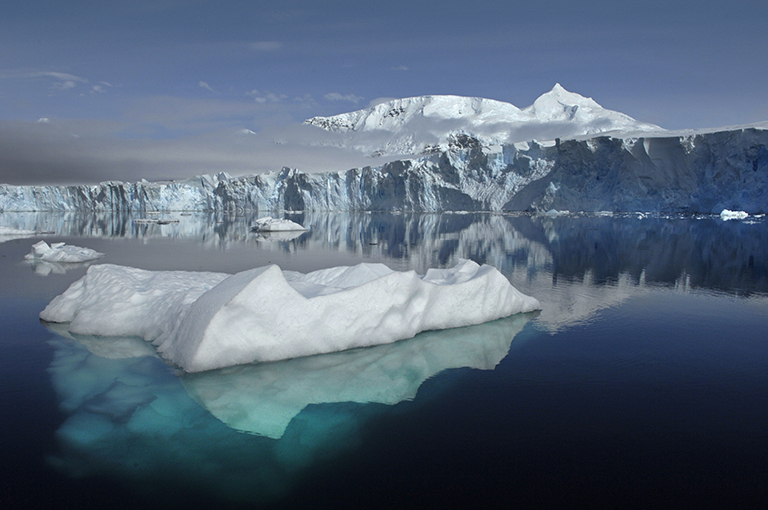What is Sea Ice?
Antarctica’s sea ice is rapidly shrinking due to global warming. A new report suggested that it is likely to shrink to a record low, falling to its lowest extent in more than four decades of satellite record keeping. The ice is likely to shrink further until March.
What is Sea ice?
Frozen sea water is called sea ice. Sea ice covers 12% of the world’s oceans and 7% of the earth’s surface. Most of the sea ice is in the Arctic Ice Pack and Antarctic Ice Pack. The Antarctic Sea ice is in the southern ocean. It extends to the north in the winter. During summer, it falls back to the coastline due to the melting of the ice.
Are sea ice and icebergs the same?
No. Icebergs calve into the ocean. They are chunks of ice shelves. The major difference between icebergs and sea ice is in their attachment to the land. Sea ice is free floating. They freeze during summer and unfreeze during winter. The icebergs, on the other hand, are firmly attached to the land.
What are the three types of sea ice?
- Brash Ice: It is formed by ice fragments that are not two metres in length
- Ice Cake: It is less than 20 metres in length
- Floe: It is more than 20 metres in length. They are further divided into small, medium, big and vast. A vast flow is 10 km in length!
How is sea ice formed?
Sea ice is formed as a result of frozen seawater. It floats on the surface of the ocean due to its low density (compared to water). It plays a major role in keeping the climate cool. However, the rising global temperature is causing it to melt rapidly. Once this ice melts, its effectiveness in cooling the region declines. It enables cooling by increasing the albedo of the sea surface.
Month: Current Affairs - March, 2023
Category: Environment Current Affairs


